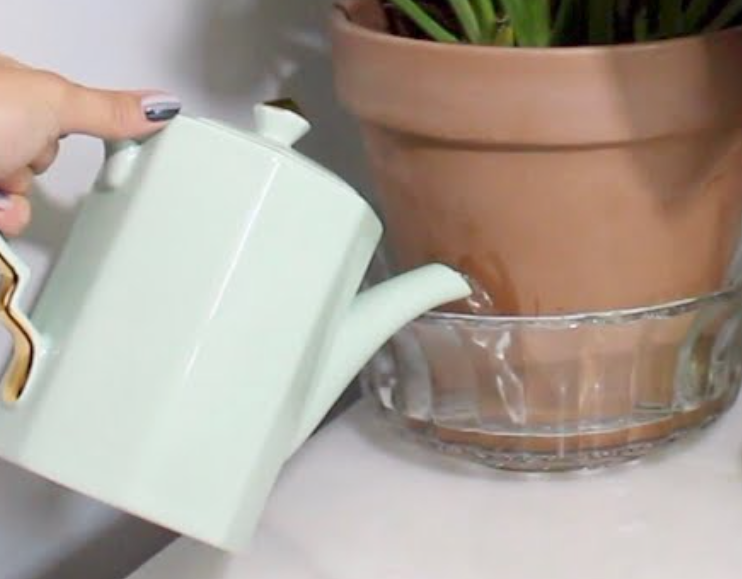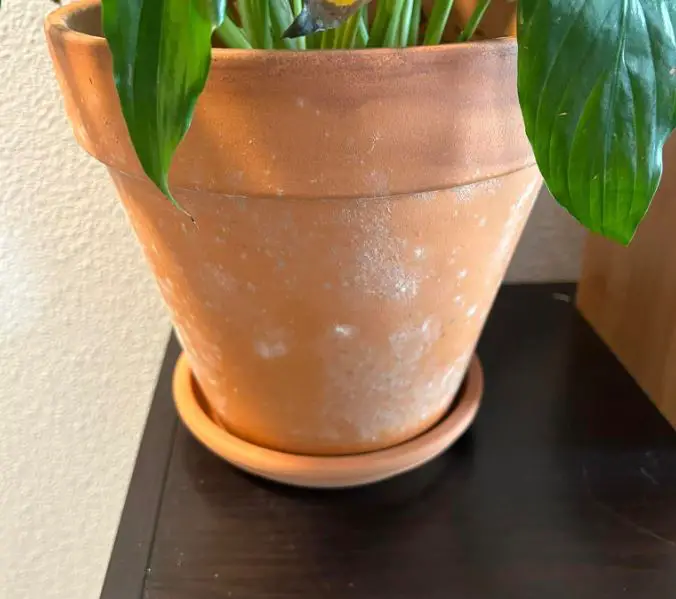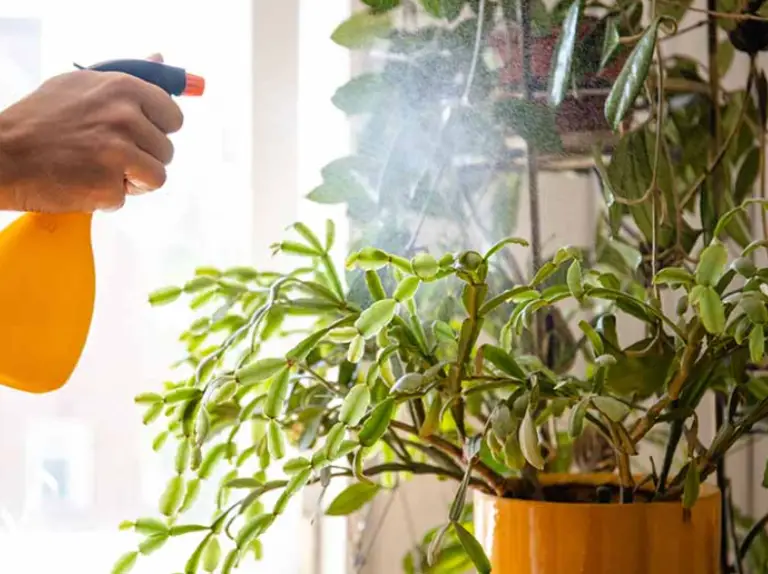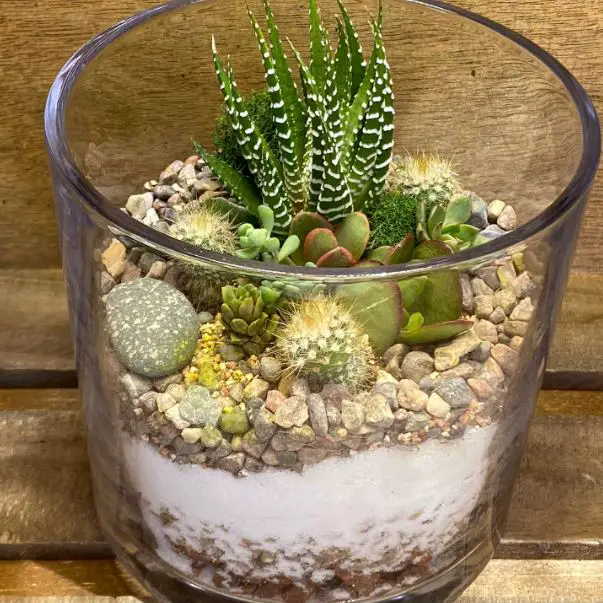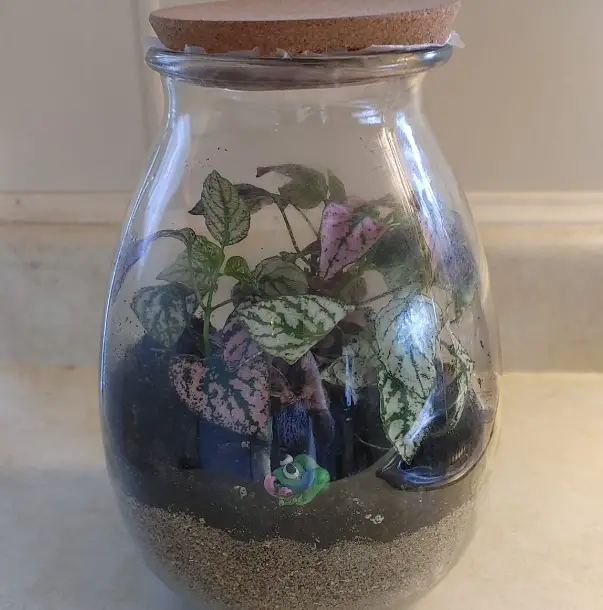Is Light Through the Window Considered Indirect?
When choosing a location for a plant, it is important to consider the amount and intensity of sunlight that the plant needs. Some plants, such as cacti, need direct sunlight to thrive while others prefer indirect sunlight. So, is the light through the window direct or indirect?
Light through the window is considered indirect only if it has been filtered or diffused through a media such as glass, curtains, blinds, or trees. However, sunlight striking through a clear window on a sunny day is more likely to cause heat stress on low-light plants.
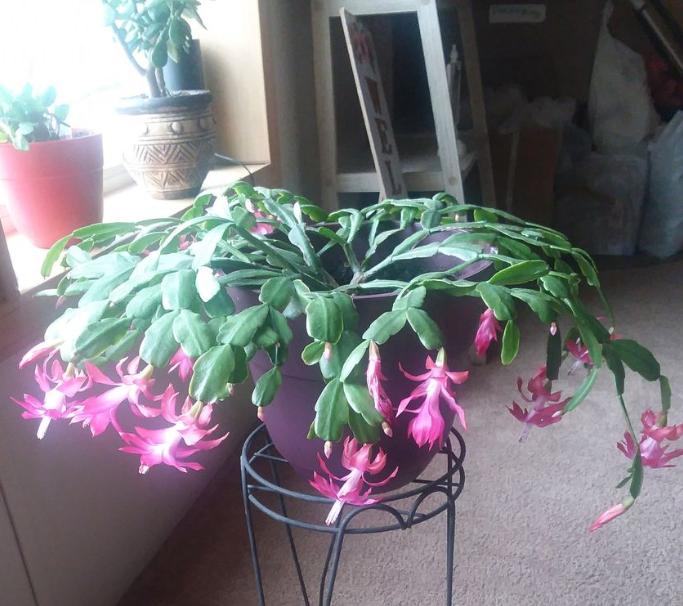
Direct vs indirect sunlight for plants
Indirect sunlight refers to the sun’s rays that have been reflected or diffused through a medium, such as clouds, windows, or a curtain. This type of light is softer and thus suitable for plants that need less intense sunlight.
Direct sunlight on the other hand hits the plants or surfaces directly without passing through any obstruction or filtering. This sunlight is brighter and more intense and can cause glare and heat stress in plants and humans. However, it is suitable for full-sun plants like desert cacti.
Here are the key differences between direct and indirect sunlight.
| Direct sunlight | Indirect sunlight |
| Has a higher intensity thus suitable for plants that prefer full sun. | It is richer in the blue spectrum, which is crucial for vegetative growth and the overall health of the plant. |
| It helps plants maintain their shape by preventing excessive stretching or leaning toward the light source. | Tends to be warmer and richer in the red spectrum, which is important for flowering and fruiting in plants. |
| It helps plants maintain their shape by preventing excessive stretching or leaning towards the light source. | It can be more evenly distributed, reducing the likelihood of plant etiolation. |
| It is more likely to cause heat stress and excessive loss of water from the plant tissues. | It is less likely to cause light-related stress or sunburn on plant stems and leaves. |
Is light through the window direct or indirect?
Light through the window can be considered direct or indirect depending on a number of factors such as the direction of the light, the size of the window, the type of window pane used, the weather of the day, and other indoor or outdoor light barriers.
Location of the window
The location of the window determines the direction in which light is coming from. The south, west, east, and north-facing windows tend to receive light in different intensities at various times of the day.
South-facing windows in the northern hemisphere provide the strongest and brightest sunlight for most part of the day. Plants not tolerant to direct sunlight will scorch when placed in this location during the summer period. South-facing windows are a perfect spot for full-sun plants like the totem pole cactus.
West-facing windows also get a moderately strong dose of direct sunlight but only in the afternoon hours. Plants in this location will receive about four to six hours of bright, direct sunlight each day. Light through west-facing windows is considered indirect during the morning and early afternoon hours.
East-facing windows provide gentle direct sunlight in the early morning hours, followed by indirect sun later in the day. These windows are best for plants that require bright, indirect light such as the Christmas cactus and other forest cacti.
The north-facing windows hardly receive any direct sunlight and this makes them perfect spots for shade-tolerant plants. Here you can grow ferns, African violets, most orchids, pothos, and peace lilies among low-light indoor plants. During winter, you may need to supplement the dim light with artificial lighting.
Nature of the window
Windows with a clear single layer of glass are likely to allow more direct sunlight to pass through than windows with tints or multiple panes of glass. Further, the angle of the light is often more oblique when it passes through small windows, which further diffuses the light.
This is to say that, light that enters a room through small windows tinted or multiple panes of glass is often softer than light that enters through larger or floor-to-ceiling windows.
The weather of the day
The weather of the day can determine the kind of light passing through the window to your plants. During the winter and rainy seasons, there are often more clouds in the sky than during the summer and this makes sunlight more diffused.
Light barriers
Barriers located indoors or outdoors can also block or reflect direct sunlight and make it indirect. Window themselves, curtains, blinds, and furniture can filter some of the light your plants receive. Trees and buildings can also help in diffusing the sun’s rays.
How to diffuse direct sunlight
When growing plants, it’s important to know their light requirements. If you happen to purchase a low-light plant and you need to diffuse or filter direct sunlight around it, here are ways to do it:
- Install sheer curtains or blinds on windows where direct sunlight hits your plants. These translucent coverings will allow light to pass through while diffusing and reducing its intensity.
- Apply window films or tinting to windows to reduce the amount of direct sunlight that enters the room. These films can block a portion of the sun’s rays and help diffuse the light to a more gentle state.
- Hang sheer or lightweight fabric, such as tulle or mesh, in front of windows or around plants to create a filter for direct sunlight. This will diffuse the light and provide a more calm lighting environment.
- Use shade cloth specifically designed for gardening. This mesh-like material can be hung above plants or attached to structures to create shade and filter sunlight.
- Install window screens or netting on windows to partially block direct sunlight. These materials allow air and some light to pass through while reducing the intensity of the sun’s rays.
- If your plants are indoors, you can position them slightly away from direct sunlight, using nearby furniture or plant stands to create a barrier that diffuses the light.
Final Thoughts
Sunlight is a primary source of energy for the manufacture of glucose through the process of photosynthesis. Solar radiation also plays a crucial role in the production of chlorophyll, flower production, and nutrient uptake.
Therefore, when plants lack enough light, they turn pale and grow long and skinny as they try to reach any available light. Flowering plants won’t produce buds in low-light conditions. Plants wilt and die when they completely fail to get any amount of light.
While sunlight is essential for plant growth, it is important to note that different plant species have varying light requirements. Some plants thrive in direct sunlight, while others prefer indirect or shaded conditions. Therefore you need to know and provide the appropriate amount of sunlight for your plants.
References
Lighting for indoor plants and starting seeds – University of Minnesota Extension
Defining Sun Requirements for Plants – Kansas State University
Light for Houseplants – University of Florida
My name is Diane M Lewik, and I am the founder of this website. I am a degree holder in plant biology from the University of California – Berkeley. Over years, I have cultivated a vast collection of succulents and I have learned a great deal about how to grow and care for these unique plants.
